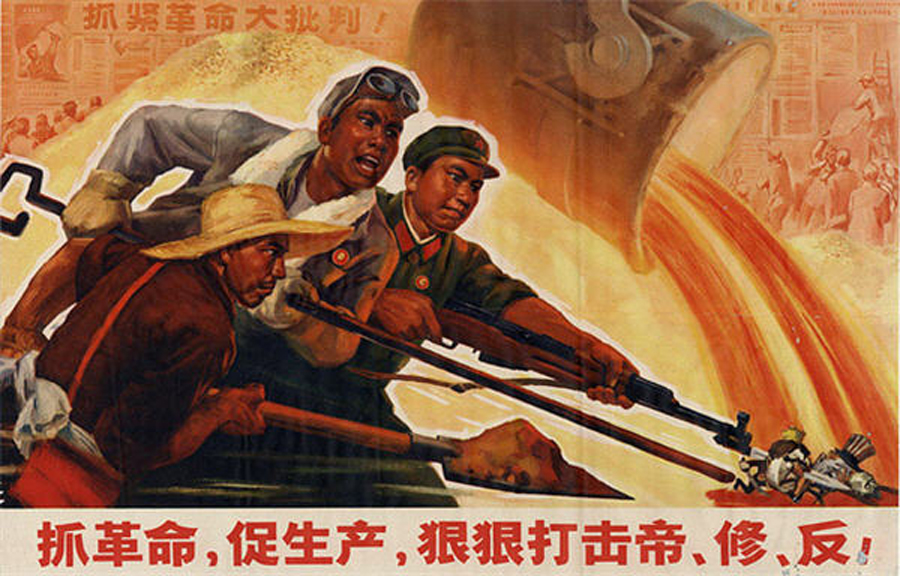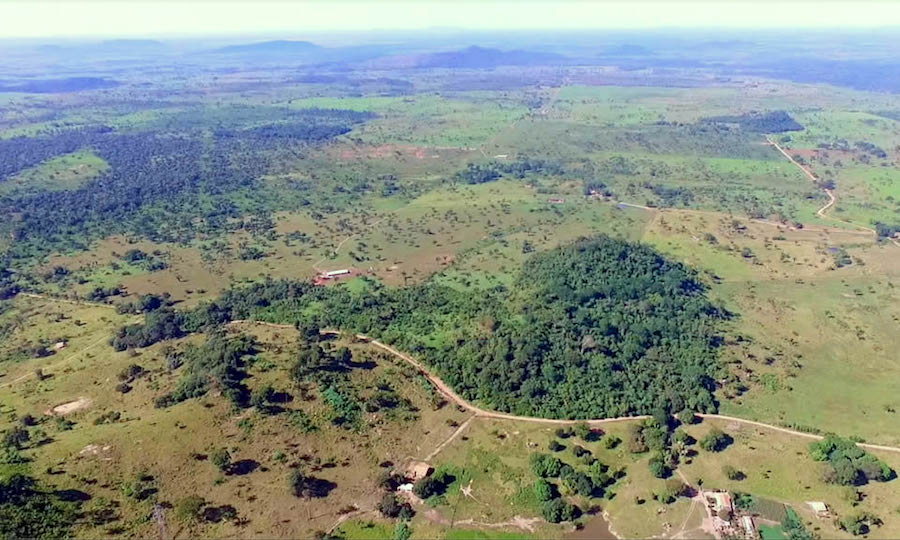Rio’s Simandou sale ‘could crush the price of iron ore’

The import price of 62% Fe content ore at the port of Tianjin held climbed to $64.70 per dry metric tonne on Friday enjoying almost a month of unbroken daily gains.
It’s the highest level for the Chinese benchmark price in six months. Year to date the price of the steelmaking ingredient is up more than 50% after gaining nearly three-quarters in value from near-decade lows in December last year.
The average price for 2016 in $54.40 a tonne, in line with last year, but much higher than even the most upbeat predictions. Analysts continue to predict a correction in the price iron ore next year as delayed supply hits the market, but further out price may come under even greater pressure.
World number two miner Rio Tinto last week announced it’s exiting the world’s largest mining project, by selling its stake in Guinea’s Simandou iron ore to partner Chinalco, potentially opening up a new path to development for the $20 billion project.
According to a statement by Melbourne-based Rio the deal is worth between $1.1 billion and $1.3 billion payable when Simandou starts commercial production and based on output. A binding agreement is set to be signed within six months.
But $1.3 billion may be small beer compared to the possible impact of Simandou on the global iron ore market
But $1.3 billion may be small beer compared to the possible impact of Simandou on the global iron ore market.
Simandou boasts over two billion tonnes of reserves and some of the highest grades for direct-shipping-ore in the industry (66% – 68% Fe which attracts premium pricing). Targeted production is 100 million tonnes a year, which would make the mine the fifth largest global producer.
It’s also one of the most easily exploitable iron ore fields outside of Australia’s Pilbara region and top producer Vale’s Brazilian home base. London-based metals and mining researcher CRU calculated a cash cost of $20 a tonne for a Simandou mine.
With complete control, Beijing-based Chinalco may revive the stalled project with the backing of the Chinese government. In September Chinalco took private its Hong Kong listed mining arm.
“It would of obvious strategic benefit for China to control a major iron ore deposit and add new supply to discipline the market”
China consumes more than 70% of the world’s seaborne iron ore and is on track to import one billion tonnes of the steelmaking raw material this year, constituting nearly 80% of the country’s demand.
Stephen Bartholomeusz, columinst at The Australian writes that China “has always been concerned about security of supply for the major commodities it needs as well as the terms on which it is supplied”:
In recent times, it has invested heavily in Brazil and provided loan funding to the country and to Vale, as well as effectively injecting liquidity into Vale by buying some of its fleet of “Valemax” iron ore carriers in what is clearly part of a strategy to gain some influence with one of the big three seaborne iron ore producers. Rio and BHP are, of course, the other two.
China has also been supportive of the development of Fortescue as a significant producer.
China Railway Construction Company and China Harbour Engineering Company were, with Chinalco, heavily involved in the feasibility studies, which was a clear signal of China’s deep interest in the project.
In the longer term, it would of obvious strategic benefit for China to control a major iron ore deposit and add new supply to discipline the market and reduce its perceived dependence on, and vulnerability to, the three big seaborne producers and Fortescue. It would also give it massive influence over Guinea, which desperately wants Simandou to be developed, in the process.
{{ commodity.name }}
{{ post.title }}
{{ post.date }}

3 Comments
Altaf
I dont think this will have a profound impact on prices. After all China imports a billion tons and the full potential of this mine is 100 million, a mere 10% (atleast on paper).
However the mine will take few years to develop (may be 10 years considering rail road to transfer the ore from inland to port). In 10 years, China may reduce iron ore consumption to lets say 800 million?
Then the % would be 12.5. Even 12.5 % is small to have major price impact.
Robert_S_Stewart
China just took overwhelming control of the next mineral, iron ore, out of the hands of the Western world. It will continue to go down the list to satisfy its domestic needs, lessen dependence on foreign production, price swings and foreign control. They will grab both sides of Simandou, including that owned by Steinmetz and Vale too.
Next comes coal, then the precious metals which adds to their hammer lock on rare Earth metals. The biggest test will be to corner the strategic metal reserves. Once they are gone, start speaking Mandarin. The global supply chain in raw materials for construction, technology, transport and communications will have evaporated from the West.
So long as we diminish our lifestyles and future growth, we have nothing to fear. Just get used to muesli and bicycles, hoodies and sneakers. The twin sleeping giants of North America and Europe just unplugged from their futures, and leave the rest to history. Re-enter the Asian Millennium.
PaoloUSA
China also need to substitute some low grade domestic reserves in the ball park of 2-300 million tonnes. Regardless if the Bigs would have played smart, they wouldn’t have triggered China new 13th Five Years Plan objective of increasing resources security, greed never pay……